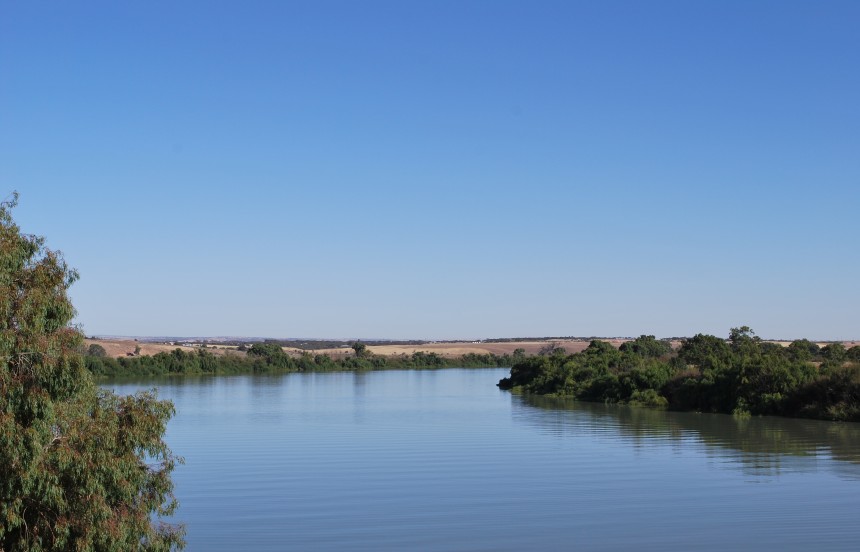Australia’s streamflows are decreasing, particularly in the south

Since 1950 many places across Australia have experienced significant decreasing streamflow trends and these places are mostly located in the southeast and southwest of the country. These recent findings, published in the journal Hydrology and Earth System Sciences, were made by a team of scientists based at the Australia Bureau of Meteorology.
The research paper, led by Dr Xiaoyong Sophie Zhang of the Bureau of Meteorology, used streamflow records from 222 Hydrologic Reference Stations (HRS) across the country to determine trends over the study period.
HRS are high quality monitoring sites used for identifying long-term trends in streamflow, due to climate variability and change across all Australian hydro-climatic regions. The HRS network includes 222 sites that meet strict selection criteria. Specifically, each site is unaffected by water-related development such as dams and irrigation, has at least 30 years of high quality streamflow records. These stations collectively represent all hydro-climatic regions across Australia. Streamflow variability and trends are determined from the statistical analysis of data collected from each of the 222 sites.
This study investigated streamflow variability and trends in these 222 gauging stations. The results present a systematic analysis of recent hydrological changes, in greater details than previously published for Australian rivers. Implications of the findings should aid decision making for water resources management, especially when considering the results in the context of climate variability.
The spatial and temporal trends in observed streamflow varied across different hydroclimatic regions in Australia. In the trend test results of annual streamflow over the continent, most of the increasing trends were observed in the northern part of the Northern Territory. Many gauging stations in New South Wales, Victoria, southeast South Australia, southwest Western Australia and northwest Tasmania showed a significant decreasing trend in annual streamflow. In central Australia, north Queensland and South Tasmania, most of the stations showed no significant trend in annual streamflow.
From the trend test results in total annual streamflow, one third of stations showed decreasing trends, 4% increasing and nearly half of stations no trend. The team also found that trends varied between different seasonal flows and also across different hydroclimatic regions. Seasonal flow maps were dominated with decreasing trends. A few stations in northern Australia presented increasing trends for spring, summer and winter flow, while no stations were found with increasing trend for autumn flow anywhere in Australia.
The researchers also found that analysis of step changes revealed regional patterns: the majority of stations in the southern parts of Australia were characterised with downward step changes, while stations with significant upward step changes were seen in the Northern Territory and some of the northeast coast of Queensland.
The HRS web portal displays all the graphical products, tables and statistical test results of all 222 stations. It contains a comprehensive unique set of graphical products for linear trends and step change. A wealth of freely downloadable hydrologic data is provided at the HRS web portal. A comprehensive data set of all 222 stations could be obtained on request through the ‘Feedback’ page of the HRS web portal.
Streamflow trends evident from the statistical data analysis showed some parallels with climate variability patterns that the country experienced through recent decades. Importantly, the authors note that long-term trends in water availability across different hydroclimatic regions of Australia reported in this study are derived purely from observations. The high-quality streamflow data of HRS and the results from this analysis provide critical information for water security planning and for prioritising water infrastructure investments across Australia.
Article: ‘How streamflow has changed across Australia since the 1950s: evidence from the network of hydrologic reference stations’, Zhang, S., Amirthanathan, G., Bari, M., Laugesen, R., Shin, D., Kent, D., MacDonald, A., Turner, M. and Tuteja, N., Hydrology and Earth System Sciences, doi:10.5194/hess-20-3947-2016
